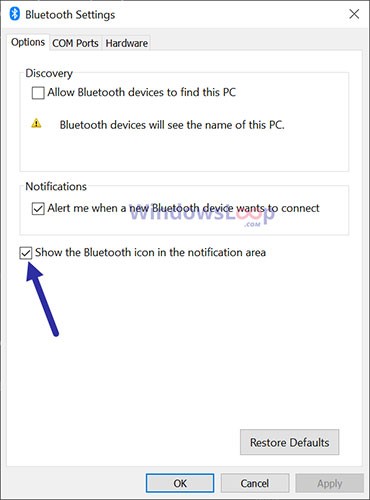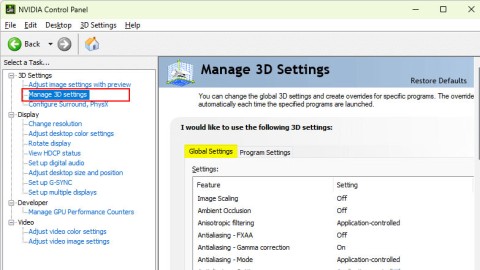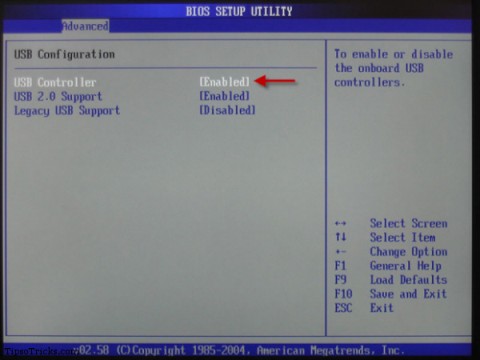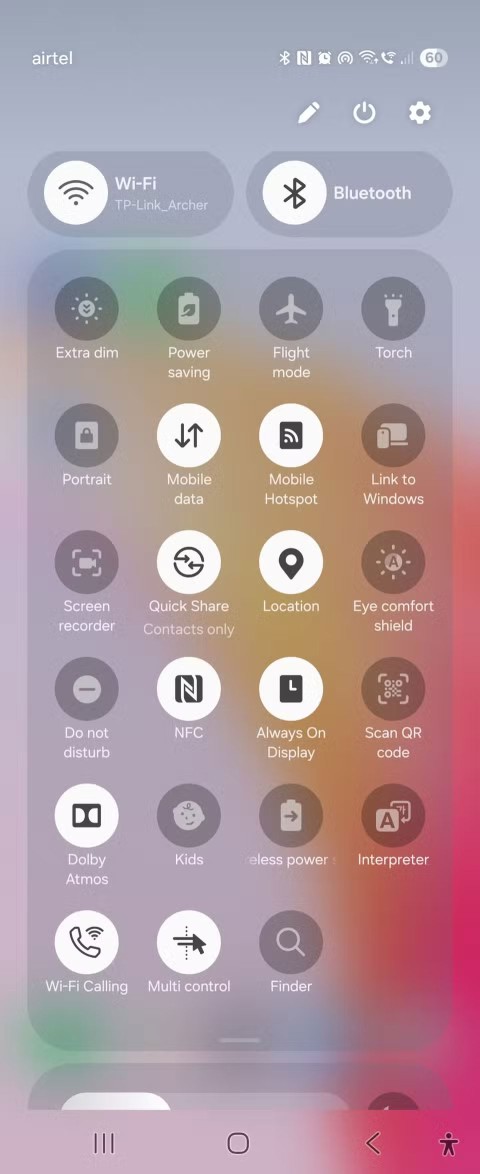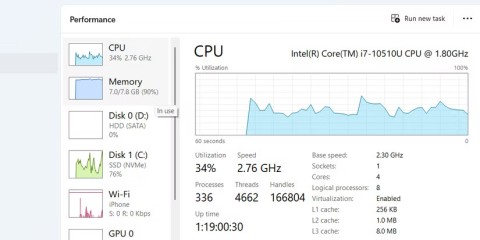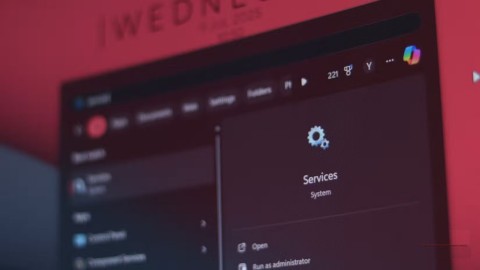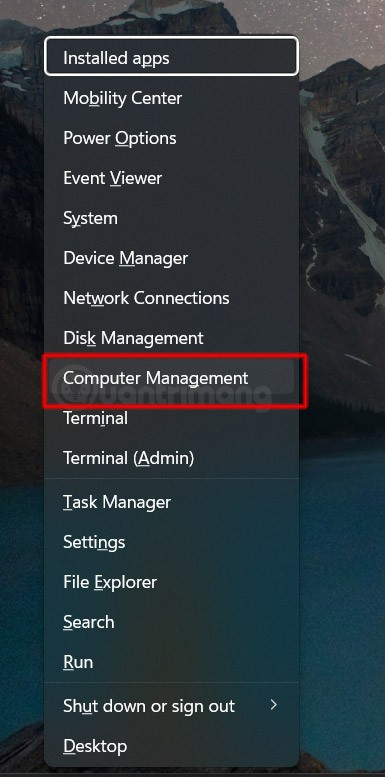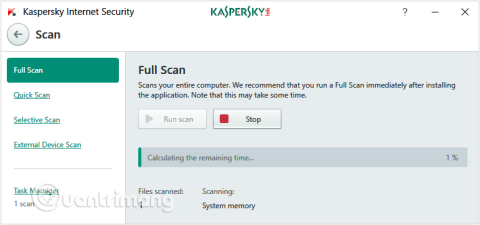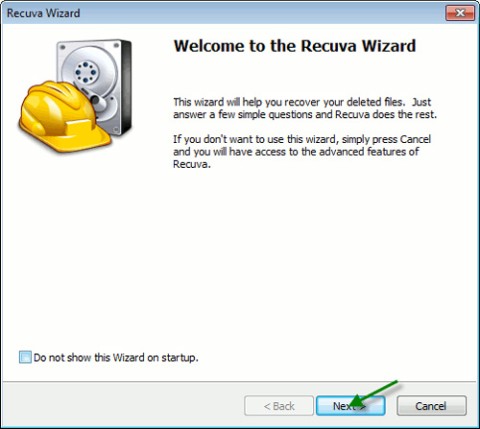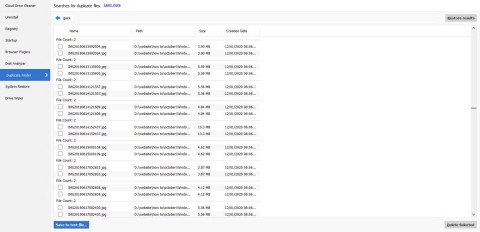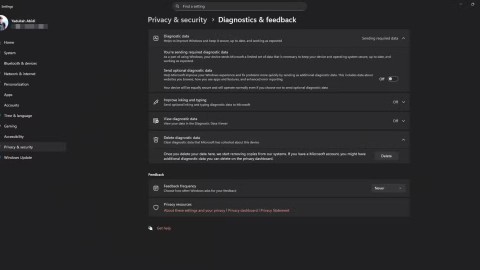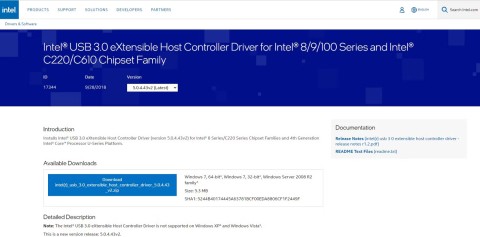Turn off these 7 Windows services to extend battery life!
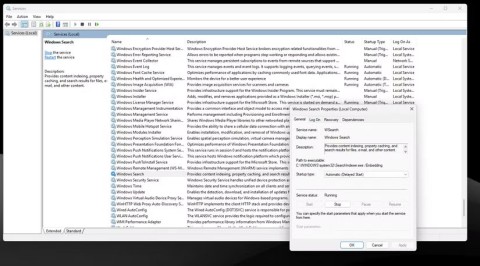
Turning off a few of these services can save you a significant amount of battery life without affecting your daily usage.
Some of the most dangerous types of malware are designed to gain remote access to a victim's PC, such as Remote Access Trojans (RATs) and kernel-level rootkits . They operate silently, making them difficult to detect. If you're concerned that someone has unauthorized remote access to your Windows PC, learn how to confirm and remove the threat.
Warning signs when someone accesses your PC
While most remote access attempts are silent, they do come with a few warning signs. While these signs may be indicative of Windows' popularity, taken together they can be strong evidence of remote access activity.
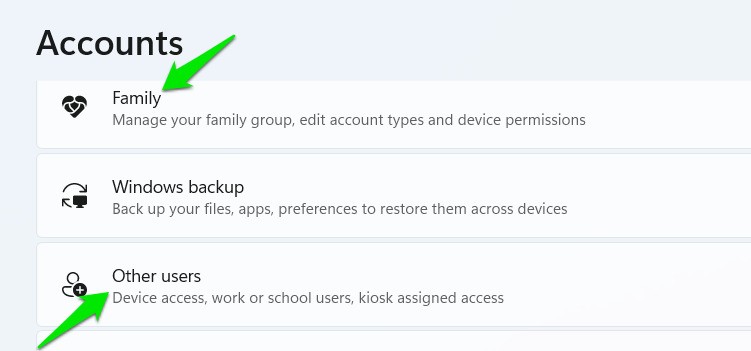

How to confirm your PC is being accessed remotely
If you notice the above signs, take the necessary steps to confirm your suspicion. You can monitor the activity of the components/applications involved in the remote access process to confirm that someone is accessing your Windows PC. Here are some of the most reliable methods:
Check Windows Event Viewer logs
Windows Event Viewer is a great built-in tool to monitor user activity and help detect remote access attempts by monitoring RDP activity and login logs.
Search for "event viewer" in Windows Search and open Event Viewer .
Go to Windows Logs -> Security and click on the Event ID tab to sort the events by ID. Look for all events with ID 4624 and check their details to make sure none of them have Logon Type 10 . Event ID 4624 is for logon attempts and Logon Type 10 corresponds to remote logons using remote access services that hackers might use.
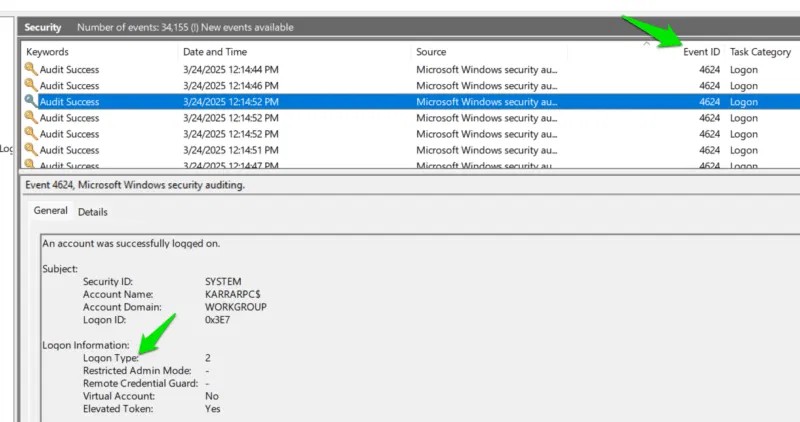
You can also look for Event ID 4778 as it represents a remote session reconnection. The details page for each event will tell you important identifying information, such as the account name or network IP address.
Monitor network traffic
Remote access relies on network connectivity, so monitoring network traffic is a reliable way to detect it. We recommend using the free version of GlassWire for this purpose, as it both monitors and automatically protects against malicious connections.
In the GlassWire app, you'll see all of your app connections under GlassWire Protect . The app will automatically evaluate the connections and flag untrusted ones. In most cases, the app will be able to detect malicious remote connections and warn you.
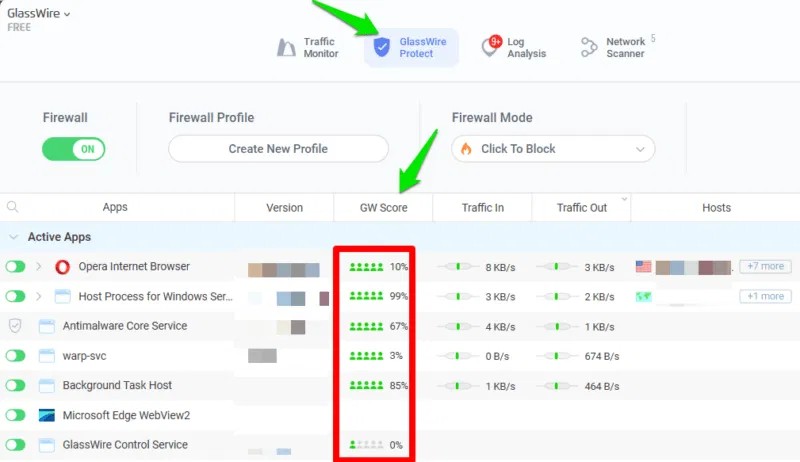
In addition to the app's algorithms, you can also look for clues like high data usage from an unknown app. Remote connections use data constantly, so they're easy to spot.
View scheduled tasks
Many remote access attempts are managed using the Task Scheduler tool in Windows. This allows them to survive PC reboots and perform tasks without having to run continuously. If your PC is infected, you will see tasks from unknown applications in the Task Scheduler.
Search for “task scheduler” in Windows Search and open the Task Scheduler application. In the left pane, open Task Scheduler (Local) -> Task Scheduler Library . Look for any strange or suspicious folders other than Microsoft. If you find any folders, right-click the task and select Properties.
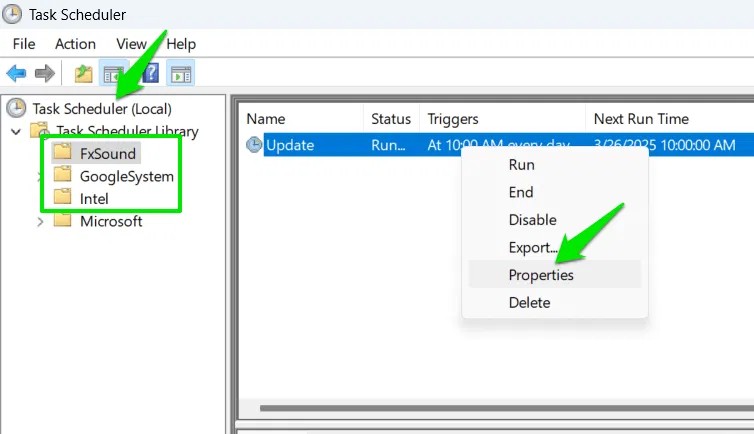
In Properties , look through the Triggers and Actions tabs to find out what the task does and when it executes, which should be enough to understand whether it's malicious. For example, if the task runs an unknown application or script at login or when the system is idle, then the task is probably malicious.
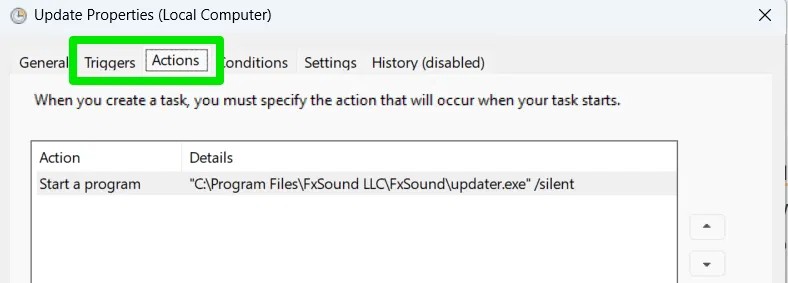
If you can't find any suspicious tasks, you may want to look in the Microsoft folder. It's possible that sophisticated malware is hiding in system folders. Look for tasks that look suspicious, such as generic names like "systemMonitor" or misspelled names. Fortunately, you won't have to research each task, as most will be written by Microsoft Corporation and can be safely ignored.
Turning off a few of these services can save you a significant amount of battery life without affecting your daily usage.
From performance monitoring to quick system tweaking, these built-in utilities are as useful as ever.
Error code 0x80004005 is a type of unknown Windows error, whose cause is related to a number of different issues.
If you can't find the Bluetooth icon on the taskbar, follow the steps below to show the missing Bluetooth icon on Taskbar in Windows 10.
Clearing the NVIDIA Shader Cache will reset the system, forcing it to rebuild with new data. Here are instructions for clearing the NVIDIA Shader Cache.
Unlocking USB ports in BIOS is not difficult. However, how to lock computer USB ports? Let's find out with Quantrimang.com!
Being blocked online can be frustrating, whether it's a forum lockout, a game ban, or a temporary IP restriction. The good news is that you don't always need a VPN to get around these restrictions.
When your computer crashes, seeing how everything is running can help you troubleshoot. And when everything is working, this information can also help you optimize your system.
Windows laptops aren't known for their battery life, at least not without some tweaking. But these tips will help your laptop last all day without having to find a power outlet.
Windows 10/11 includes a hidden Administrator account that you can use to manage all the important data on your computer. Let's see how to enable or disable the built-in Administrator account on Windows 10/11!
System Service Exception or SYSTEM_SERVICE_EXCEPTION is one of the BSOD errors (blue screen of death errors). System Service Exceptions errors occur quite commonly and continuously.
In the following article, we will present the basic operations to recover deleted data in Windows 7 with the support tool Recuva Portable. With Recuva Portable, you can store it in any convenient USB, and use it whenever needed. The tool is compact, simple, easy to use with some of the following features:
CCleaner scans for duplicate files in just a few minutes, then lets you decide which ones are safe to delete.
Windows doesn't come with security set up by default, which means there are some default settings you need to change.
USB devices have become indispensable in everyday life, allowing us to connect a wide variety of essential hardware to our PCs.


